Instruction
Learn to hit a draw in 2 easy steps
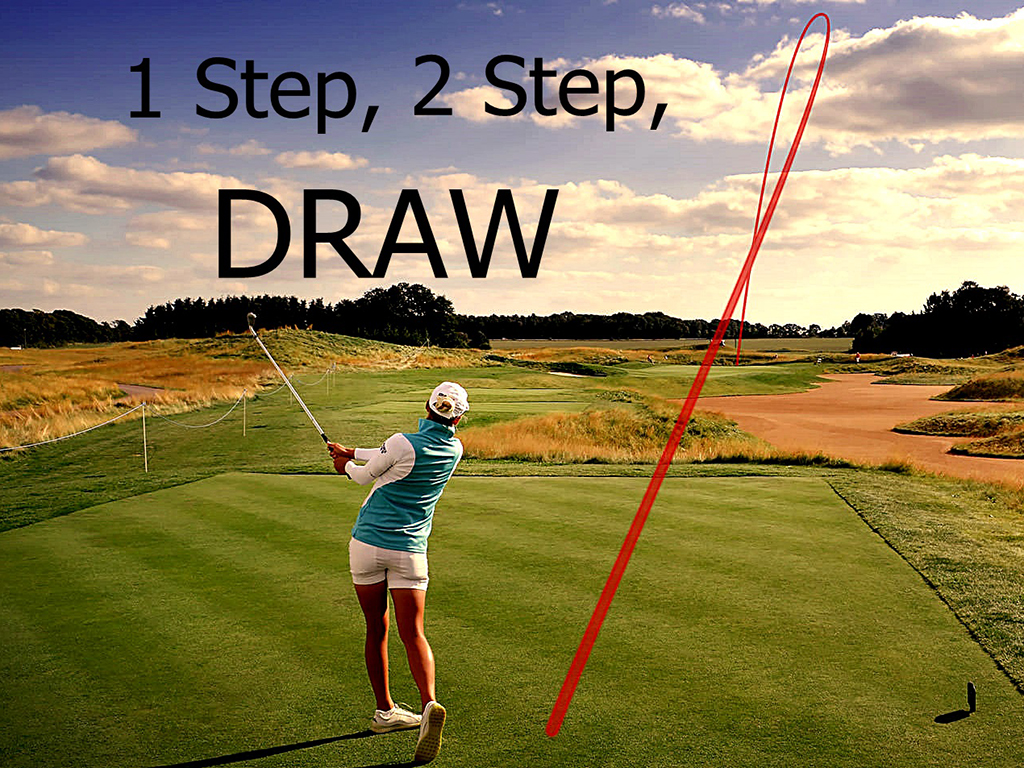
For most club golfers, a ball that curves from left to right is common, but most golfers would prefer to move the ball the other way, or what’s described as a “draw” shot. By definition, a draw is when the ball starts to the right of the target line and curves left toward the target (for a right-handed golfer).
To really understand how to hit this shot, a golfer should know two things: club path, and what’s called the face-to-path relationship.
- Club path: This is the direction that the club head is traveling through impact in relation to the target line. The variations are in-to-out (moving right of target), out-to-in (moving left of target) and neutral (moving straight at the target).
- Face-to-path: This is the direction that the club face is pointing in relation to the club path at impact. To hit a draw, golfers need to produce an in-to-out club path (rightward) with a club face that is pointing leftward, or closed to the club path.
A good analogy I like to use for hitting a draw shot is imagining a right-footed soccer player bending a ball around a wall. As the player strikes the soccer ball, the foot will be traveling in a rightward direction in relation to the goal. The part of the foot that is striking the ball, however, will be pointing to the left of this in order to create the curve.
That’s the science! Now for two easy steps to help you start hitting draw shots.
Step 1: Creating a face that is closed to an in-to-out club path
The first thing to do is place a headcover in the position shown in the picture below (note: the photo is setup for a right-handed golfer). With the headcover in mind, strike some golf balls without striking the headcover. A careful positioning of the headcover will encourage you to deliver the club head on an in-to-out path.
Make an out-to-in delivery, and your headcover will be flying down the range!
Continue to hit balls while avoiding the headcover, while at the same time attempting to create a ball flight that is curving from right to left. Once this is achieved, you can be pretty sure that you are delivering a club face that is closed to an in-to-out club path.
“But sir, I don’t want to hook it,” you might be saying. I don’t want you to either, so here comes the next step.
Step 2: Controlling club face alignment
From modern day launch monitors, we have learned that the club face is the main influence on the starting direction of the ball. This changes slightly at times, but for simplicity let’s say that the ball will start pretty much where the club face is aiming at impact. Assuming centered contact, curve will then be produced as a result of the relationship that the face has with the club path. In this case, the closed relationship with the club path will create a right-to-left curve.
A draw shot starts right of the target line, and this means that the club face must be pointing to the right of the target line at impact. It sounds counterintuitive, but yes, a draw shot needs a club face that is OPEN to the target line at impact.
To practice this, place an alignment stick in the ground and attempt to hit balls that start to the right of the alignment stick and curve back to the left, toward the target. This exercise will help you explore the relationship of an in-to-out path with a closed face, with specific attention to starting the ball to the right of the target.
An important concept to understand
In both of the shots below, the club path is moving 5.2 degrees to the right (in to out). However, the key difference is the face angle.
Shot 1
In Shot 1, the face angle is pointing 1.2 degrees left of the target line (meaning the ball starts left of the target line).
Shot 2
In Shot 2, the face angle is pointing 2 degrees right of the target line (meaning the ball starts right of the target line).
In both shots, a closed face-to-path relationship was created. The key in the second shot, however, was that the club face was pointing right of target at impact, thus allowing the ball to start right and curve back toward the target.
What are the advantages of this exercise?
You may notice that ZERO technical information regarding positions or movements has been given. Instead, examples of task constraints have been provided.
“A task constraint is a boundary That encourages the learner to emerge with certain behaviors.”
Although that may sound complex, in simple terms the constraint of the headcover and alignment stick allow golfers to self discover how technique evolves from the exercise, as opposed to deliberately thinking about it. Within motor learning research, there is a ton of evidence for this type of constraints-led learning.
Unfortunately, your friends may not allow you to place your headcover by your ball in your Saturday match. With this in mind, try not to become reliant on the constraints and vary between using and not using them in practice.
Before you hit the range, remember: Club face pointing to the right and the path pointing farther to the right!
- LIKE277
- LEGIT33
- WOW14
- LOL9
- IDHT12
- FLOP12
- OB6
- SHANK36
Instruction
The Wedge Guy: The easiest-to-learn golf basic

My golf learning began with this simple fact – if you don’t have a fundamentally sound hold on the golf club, it is practically impossible for your body to execute a fundamentally sound golf swing. I’m still a big believer that the golf swing is much easier to execute if you begin with the proper hold on the club.
As you might imagine, I come into contact with hundreds of golfers of all skill levels. And it is very rare to see a good player with a bad hold on the golf club. There are some exceptions, for sure, but they are very few and very far between, and they typically have beat so many balls with their poor grip that they’ve found a way to work around it.
The reality of biophysics is that the body moves only in certain ways – and the particulars of the way you hold the golf club can totally prevent a sound swing motion that allows the club to release properly through the impact zone. The wonderful thing is that anyone can learn how to put a fundamentally sound hold on the golf club, and you can practice it anywhere your hands are not otherwise engaged, like watching TV or just sitting and relaxing.
Whether you prefer an overlap, interlock or full-finger (not baseball!) grip on the club, the same fundamentals apply. Here are the major grip faults I see most often, in the order of the frequency:
Mis-aligned hands
By this I mean that the palms of the two hands are not parallel to each other. Too many golfers have a weak left hand and strong right, or vice versa. The easiest way to learn how to hold the club with your palms aligned properly is to grip a plain wooden ruler or yardstick. It forces the hands to align properly and shows you how that feels. If you grip and re-grip a yardstick several times, then grip a club, you’ll see that the learning curve is almost immediate.
The position of the grip in the upper/left hand
I also observe many golfers who have the butt of the grip too far into the heel pad of the upper hand (the left hand for right-handed players). It’s amazing how much easier it is to release the club through the ball if even 1/4-1/2″ of the butt is beyond the left heel pad. Try this yourself to see what I mean. Swing the club freely with just your left hand and notice the difference in its release from when you hold it at the end of the grip, versus gripping down even a half inch.
To help you really understand how this works, go to the range and hit shots with your five-iron gripped down a full inch to make the club the same length as your seven-iron. You will probably see an amazing shot shape difference, and likely not see as much distance loss as you would expect.
Too much lower (right) hand on the club
It seems like almost all golfers of 8-10 handicap or higher have the club too far into the palm of the lower hand, because that feels “good” if you are trying to control the path of the clubhead to the ball. But the golf swing is not an effort to hit at the ball – it is a swing of the club. The proper hold on the club has the grip underneath the pad at the base of the fingers. This will likely feel “weak” to you — like you cannot control the club like that. EXACTLY. You should not be trying to control the club with your lower/master hand.
Gripping too tightly
Nearly all golfers hold the club too tightly, which tenses up the forearms and prevents a proper release of the club through impact. In order for the club to move back and through properly, you must feel that the club is controlled by the last three fingers of the upper hand, and the middle two fingers of the lower hand. If you engage your thumbs and forefingers in “holding” the club, the result will almost always be a grip that is too tight. Try this for yourself. Hold the club in your upper hand only, and squeeze firmly with just the last three fingers, with the forefinger and thumb off the club entirely. You have good control, but your forearms are not tense. Then begin to squeeze down with your thumb and forefinger and observe the tensing of the entire forearm. This is the way we are made, so the key to preventing tenseness in the arms is to hold the club very lightly with the “pinchers” — the thumbs and forefingers.
So, those are what I believe are the four fundamentals of a good grip. Anyone can learn them in their home or office very quickly. There is no easier way to improve your ball striking consistency and add distance than giving more attention to the way you hold the golf club.
More from the Wedge Guy
- The Wedge Guy: Golf mastery begins with your wedge game
- The Wedge Guy: Why golf is 20 times harder than brain surgery
- The Wedge Guy: Musings on the golf ball rollback
- LIKE83
- LEGIT13
- WOW5
- LOL1
- IDHT0
- FLOP4
- OB1
- SHANK8
Instruction
Clement: Stop ripping off your swing with this drill!

Not the dreaded headcover under the armpit drill! As if your body is defective and can’t function by itself! Have you seen how incredible the human machine is with all the incredible feats of agility all kinds of athletes are accomplishing? You think your body is so defective (the good Lord is laughing his head off at you) that it needs a headcover tucked under the armpit so you can swing like T-Rex?
- LIKE0
- LEGIT2
- WOW2
- LOL0
- IDHT0
- FLOP0
- OB0
- SHANK2
Instruction
How a towel can fix your golf swing
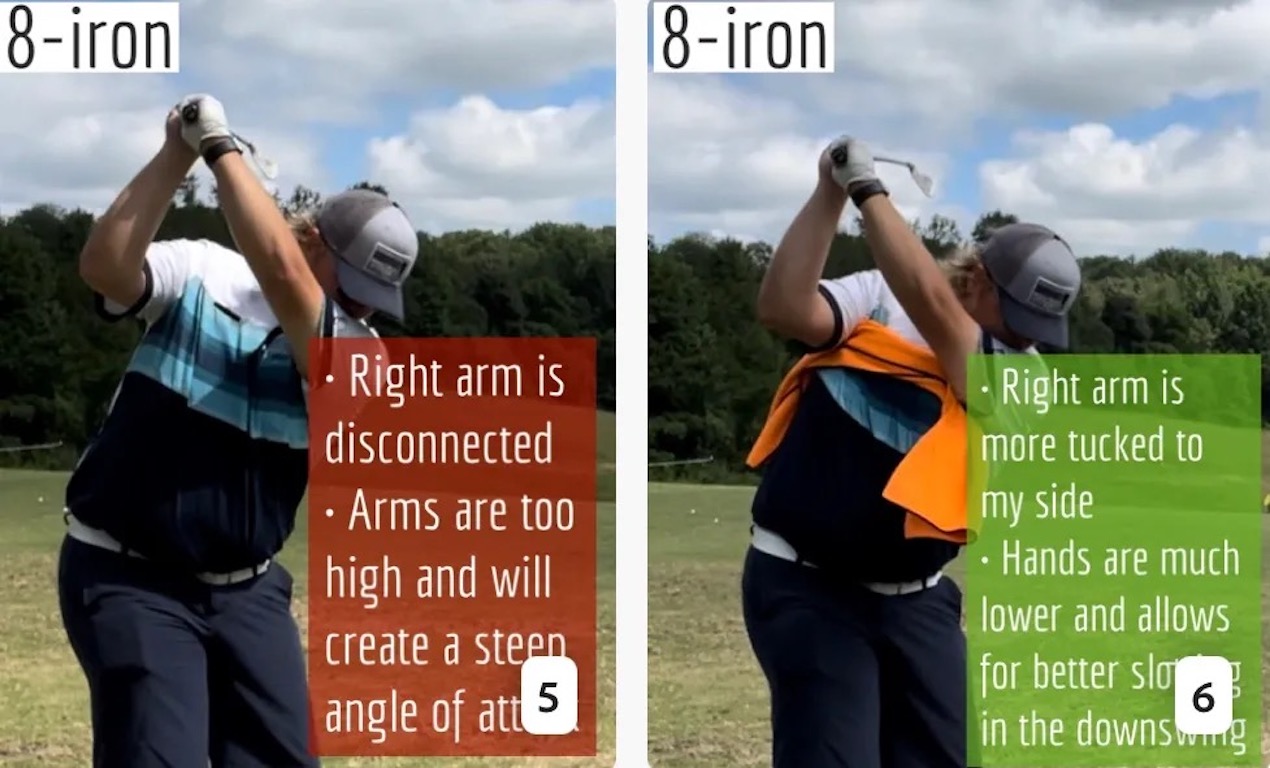
This is a classic drill that has been used for decades. However, the world of marketed training aids has grown so much during that time that this simple practice has been virtually forgotten. Because why teach people how to play golf using everyday items when you can create and sell a product that reinforces the same thing? Nevertheless, I am here to give you helpful advice without running to the nearest Edwin Watts or adding something to your Amazon cart.
For the “scoring clubs,” having a solid connection between the arms and body during the swing, especially through impact, is paramount to creating long-lasting consistency. And keeping that connection throughout the swing helps rotate the shoulders more to generate more power to help you hit it farther. So, how does this drill work, and what will your game benefit from it? Well, let’s get into it.
Setup
You can use this for basic chip shots up to complete swings. I use this with every club in my bag, up to a 9 or 8-iron. It’s natural to create incrementally more separation between the arms and body as you progress up the set. So doing this with a high iron or a wood is not recommended.
While you set up to hit a ball, simply tuck the towel underneath both armpits. The length of the towel will determine how tight it will be across your chest but don’t make it so loose that it gets in the way of your vision. After both sides are tucked, make some focused swings, keeping both arms firmly connected to the body during the backswing and follow through. (Note: It’s normal to lose connection on your lead arm during your finishing pose.) When you’re ready, put a ball in the way of those swings and get to work.
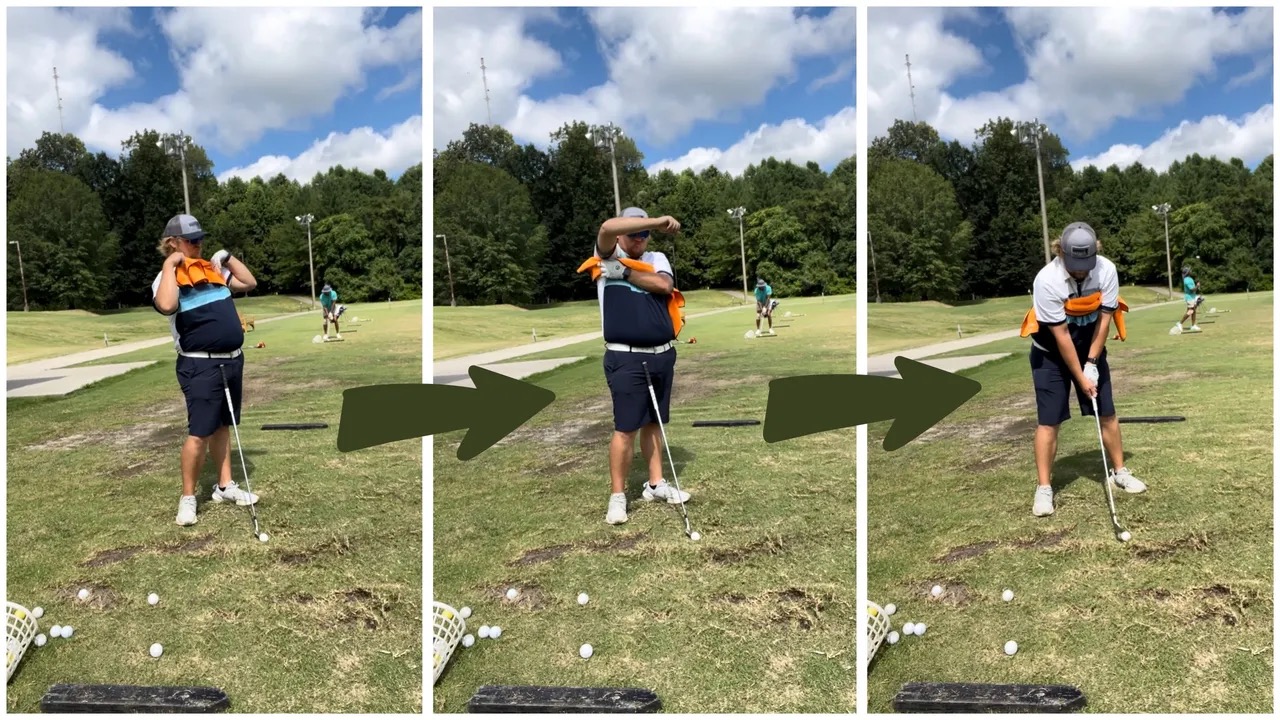
Get a Better Shoulder Turn
Many of us struggle to have proper shoulder rotation in our golf swing, especially during long layoffs. Making a swing that is all arms and no shoulders is a surefire way to have less control with wedges and less distance with full swings. Notice how I can get in a similar-looking position in both 60° wedge photos. However, one is weak and uncontrollable, while the other is strong and connected. One allows me to use my larger muscles to create my swing, and one doesn’t. The follow-through is another critical point where having a good connection, as well as solid shoulder rotation, is a must. This drill is great for those who tend to have a “chicken wing” form in their lead arm, which happens when it becomes separated from the body through impact.
In full swings, getting your shoulders to rotate in your golf swing is a great way to reinforce proper weight distribution. If your swing is all arms, it’s much harder to get your weight to naturally shift to the inside part of your trail foot in the backswing. Sure, you could make the mistake of “sliding” to get weight on your back foot, but that doesn’t fix the issue. You must turn into your trial leg to generate power. Additionally, look at the difference in separation between my hands and my head in the 8-iron examples. The green picture has more separation and has my hands lower. This will help me lessen my angle of attack and make it easier to hit the inside part of the golf ball, rather than the over-the-top move that the other picture produces.
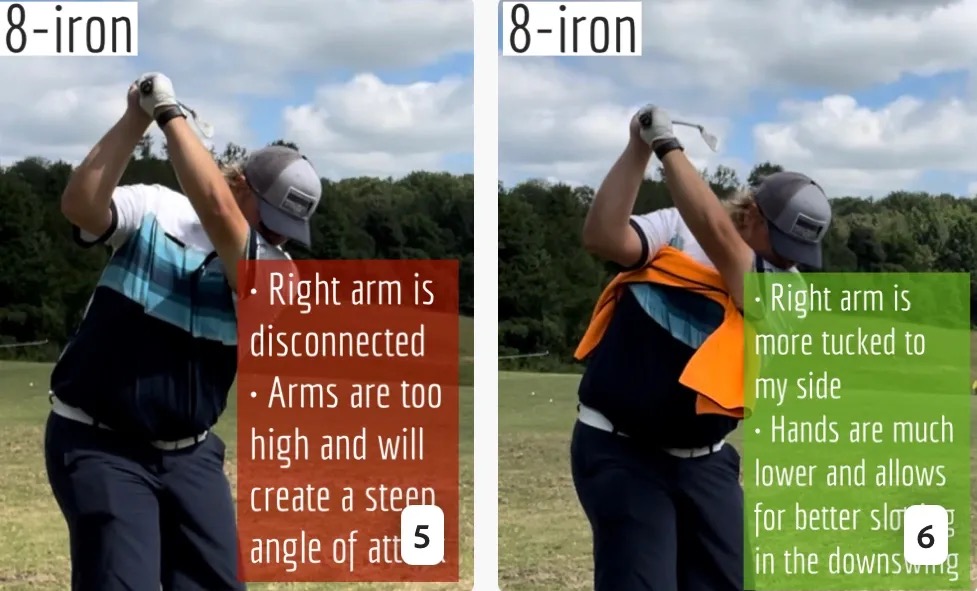
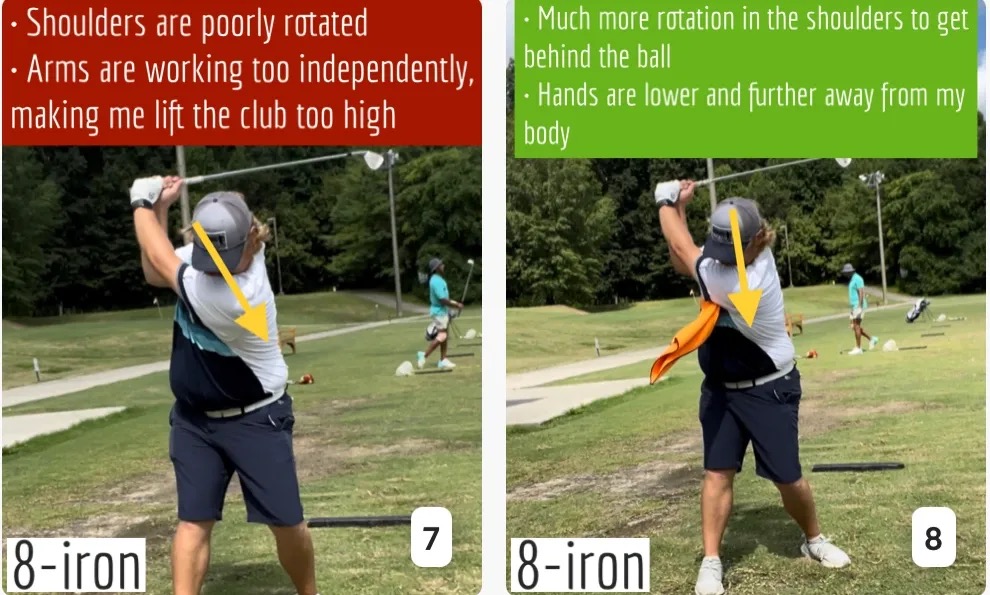
Stay Better Connected in the Backswing
When you don’t keep everything in your upper body working as one, getting to a good spot at the top of your swing is very hard to do. It would take impeccable timing along with great hand-eye coordination to hit quality shots with any sort of regularity if the arms are working separately from the body.
Notice in the red pictures of both my 60-degree wedge and 8-iron how high my hands are and the fact you can clearly see my shoulder through the gap in my arms. That has happened because the right arm, just above my elbow, has become totally disconnected from my body. That separation causes me to lift my hands as well as lose some of the extension in my left arm. This has been corrected in the green pictures by using this drill to reinforce that connection. It will also make you focus on keeping the lead arm close to your body as well. Because the moment either one loses that relationship, the towel falls.
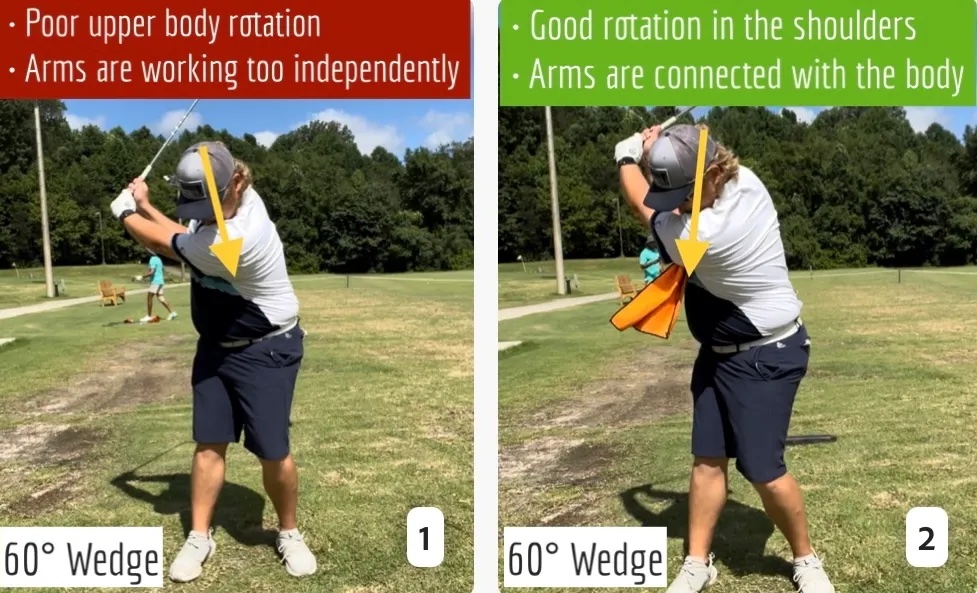
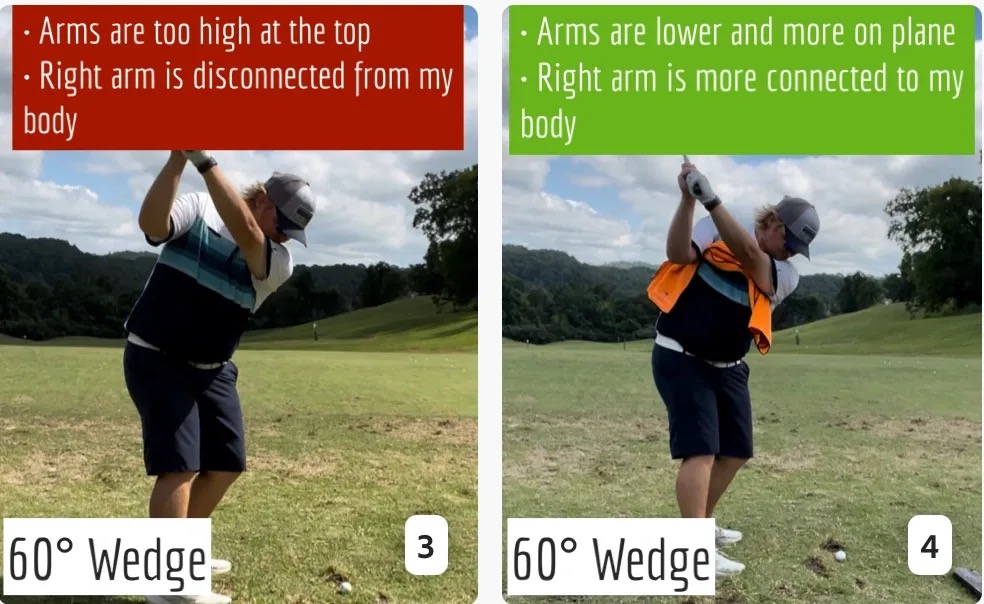
Conclusion
I have been diligent this year in finding a few drills that target some of the issues that plague my golf game; either by simply forgetting fundamental things or by coming to terms with the faults that have bitten me my whole career. I have found that having a few drills to fall back on to reinforce certain feelings helps me find my game a little easier, and the “towel drill” is most definitely one of them.
- LIKE12
- LEGIT2
- WOW2
- LOL0
- IDHT0
- FLOP2
- OB0
- SHANK8
-
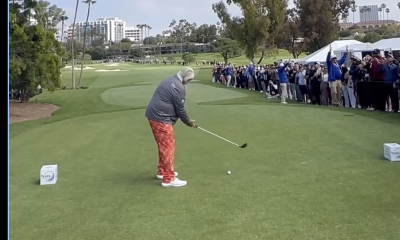
 19th Hole2 weeks ago
19th Hole2 weeks agoJohn Daly stuns fans into silence with brutal opening tee shot on PGA Tour Champions
-
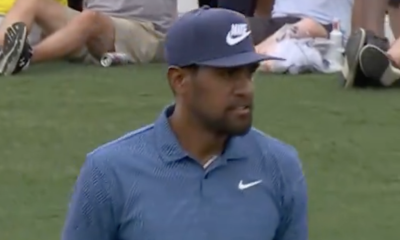
 19th Hole6 days ago
19th Hole6 days agoThings got heated at the Houston Open between Tony Finau and Alejandro Tosti. Here’s why
-

 19th Hole3 days ago
19th Hole3 days agoReport: Tiger Woods has ‘eliminated sex’ in preparation for the 2024 Masters
-
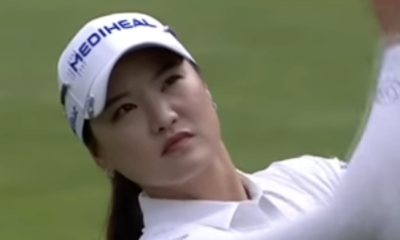
 19th Hole2 weeks ago
19th Hole2 weeks ago2-time major champ announces shock retirement from the sport at age of 33
-

 19th Hole3 weeks ago
19th Hole3 weeks agoEdoardo Molinari reveals the latest PGA Tour golfer to turn down ‘good offer’ from LIV Golf
-
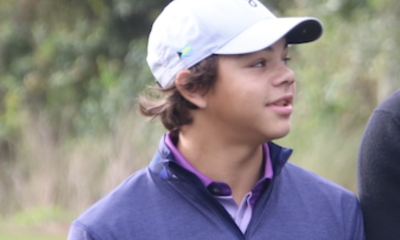
 19th Hole2 weeks ago
19th Hole2 weeks agoCharlie Woods finds it tough going on American Junior Golf Association debut
-

 19th Hole3 weeks ago
19th Hole3 weeks agoScottie Scheffler had an interesting response when asked how he ‘quiets the noise’ following Players victory
-
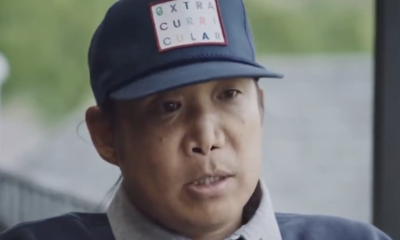
 19th Hole5 days ago
19th Hole5 days agoAddiction, spinal fusion, and scam artists – Everything Anthony Kim revealed in candid interview with David Feherty

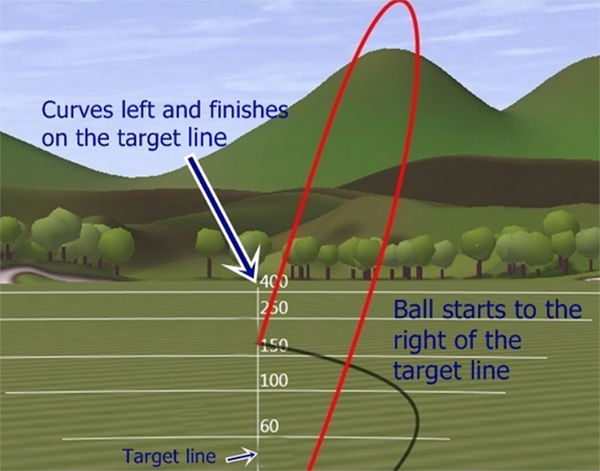
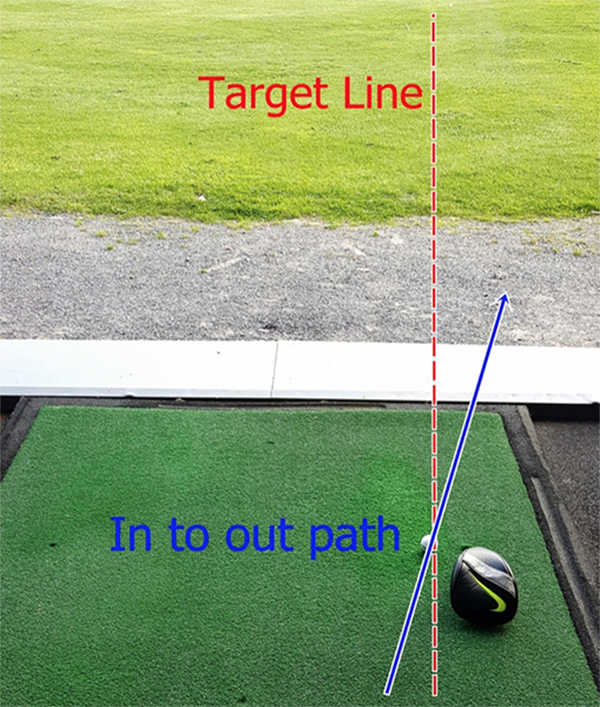
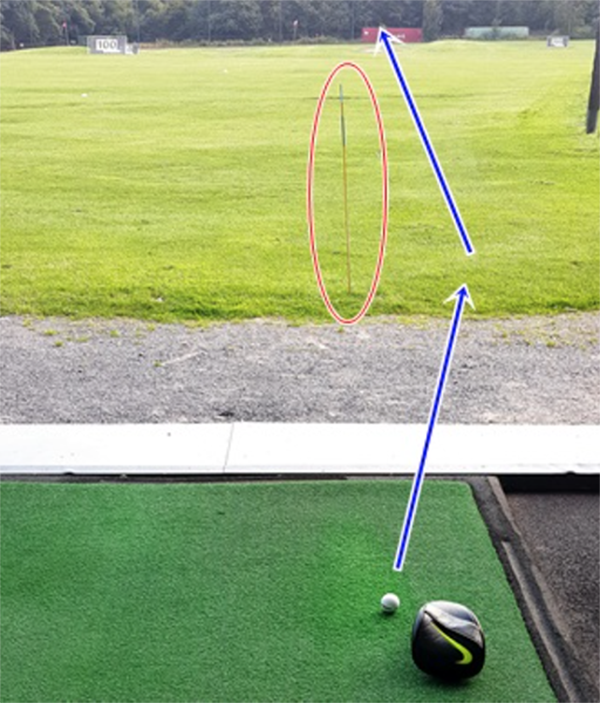
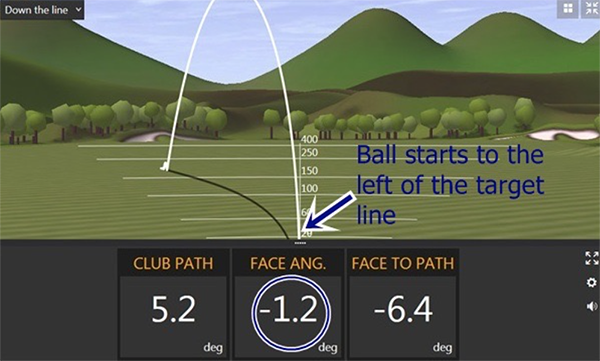
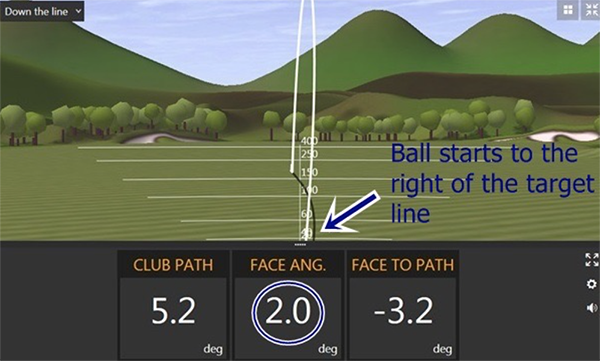










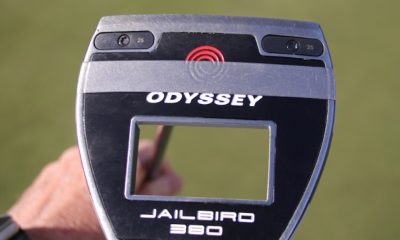

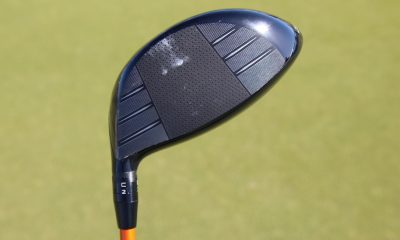

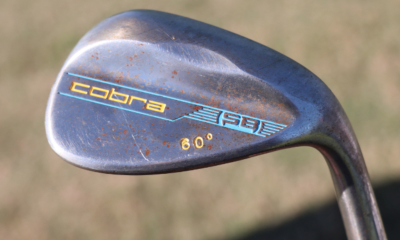

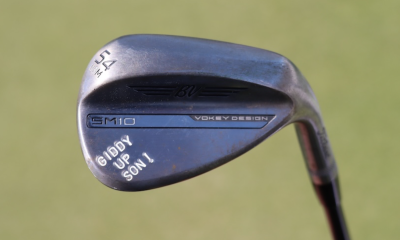

Dave Dudus
Sep 5, 2016 at 10:06 am
Works for me! Thanks.
Phillip Akers
Oct 15, 2015 at 6:10 pm
Class article, clear, concise and a change to read some factual information which is backed up by evidence….contrary to some ‘established’ coaches.
Pingback: Learn the draw in 2 easy steps
Wayde
Oct 2, 2015 at 10:14 am
A good tip is to buy a pool noodle (they’re dirt cheap); cut it in half, put one half over your alignment stick to protect it from the golf ball , and use the other half on the ground to form your swing path. It makes for a very strong visual.
Shakers97
Sep 26, 2015 at 7:10 am
Whatever you do don’t have your club face open to the club path or you’ll be in a world of sh………
KK
Sep 25, 2015 at 5:20 pm
Great article, great summary!
AJ
Sep 25, 2015 at 11:45 am
What about Angle of Attack? How does that play into hitting a draw? Is this to assume the AoA for the drills is 0? If I hit up with a driver vs hitting down with an iron what difference does this make? I hear so much about AoA, I’m curious how this plays a role into hitting a draw. Thanks.
Thomas Devine
Sep 25, 2015 at 12:19 pm
HI AJ…great question (and references the D plane). In theory, your swing direction could be zero and with a negative AoA, an ‘in to out’ path could be achieved. Does that make sense? The reason for the headcover in this exercise is due most slicers having a swing direction that is excessively left. In order to change, it is advantageous to attempt to move the swing direction rightwards.
Jan
Sep 25, 2015 at 6:33 am
Hi, thanks for a great article. I’m struggling with the club face part. Feel that I can’t “leave” it open compared to the target line and in the same time have a free release. I have to hold it so to say… If I release the club freely, I hit a pull-fade. Could it be a problem with my grip, that it’s too strong?
Best regards
Jan from Sweden
Thomas Devine
Sep 25, 2015 at 12:15 pm
Hi Jan….I would not like to comment on your grip without seeing it. However, practising with the alignment stick should help you achieve the desired impact alignment for a draw. One exercise I would try is trying to start the ball as far right as possible to still curve it back leftwards. This will allow you to explore the necessary movements to achieve an open to target line club face with a path that is further right!
John-Michael
Sep 24, 2015 at 8:42 pm
I’ve been working on trying to hit a draw lately. The way I’ve been practicing hitting a draw is by closing my stance and swinging down my bodyline. Is practicing the way you detailed in the article a better method in learning how to hit a draw?
Rickard
Sep 25, 2015 at 5:58 am
This might produce what looks like a draw but in reality is a pull-draw (most of the time). It’s a bit old school, but hey, whatever works!
I find these types of draw shots tend to lack the height and softness compared to a proper/modern draw, i e clubface relative open and altered swing path i relation to target line.
The forward press also should be used, moving the ball backwards to promote inside path (relative to ball) should increase forward shaft lean as you open the face.
Ball further back, more open face and hence more forward shaft lean, to create desired curvature and launch direction.
Does it make sense? 🙂
John-Michael Fawley
Sep 25, 2015 at 9:45 am
Yes it does.
Thomas Devine
Sep 25, 2015 at 12:11 pm
Hi John-Michael….sure what you have mentioned can help you achieve and ‘in to out’ path with closed face….however just remember that if you return your club head aiming towards the target (at impact), then the ball will start online and curve left…using the alignment stick will for sure help you return the club face open to the target 🙂
Tom
Sep 24, 2015 at 3:30 pm
This is my natural ball flight. Next article can you do how to hit a fade(cut) shot of which I can’t manage to save my life.
JMcDonough
Sep 24, 2015 at 4:43 pm
I second that.
Jack Slicer
Sep 24, 2015 at 5:55 pm
you take the same drill and do it in the opposite direction…
DatSliceDoe
Sep 24, 2015 at 3:00 pm
Been working on this all season with my teaching pro. Have yet to consistently get this to work with longer clubs. I get the sensation of an in to out path, but leaving the face open is something I’ve struggled with. I just feel that I need to flip my arms over to hit a draw. Guess opposites attract, so I’ll need to practice on leaving the face more open.
Thomas Devine
Sep 24, 2015 at 5:00 pm
If you are confident you are achieving an in to out path, then the alignment stick will for sure help you with your face control. Spend some time starting it to the right and trying to bring it back. Good luck!
Rickard
Sep 25, 2015 at 6:07 am
Make sure that as you move ball back in stance (and path) you apply an appropriate forward press, ideally with an open face.
I stuggle a bit with this as well and for me it is my fear of forward press will result in pull hooks.
But with a soft inside path, a little bit closed body setup at impact (relation to target line, to keep away the pull) and open face it actually produced a high soft draw, even with a 3-i.
When I manage to sequence it correctly, that is! 🙂
Steve Whitehead
Sep 24, 2015 at 2:43 pm
Had a lesson with Tom recently and he had me hitting a real nice draw shot with a good clean contact on the ball by the end of the session. Great coach and highly recommended.
Fred
Sep 24, 2015 at 12:44 pm
This clear presentation is quite helpful. And I assume doing just the opposite will result in a fade starting left and moving back to the target.
Thomas Devine
Sep 24, 2015 at 4:58 pm
Absolutely Fred…change the positioning of the headcover for the fade. We want to create the opposite club path (out to in). And then go through the same process, however look to start the ball to the left of the stick and curve it right 🙂
Tom Stickney
Sep 24, 2015 at 11:54 am
Good work
Thomas Devine
Sep 24, 2015 at 4:56 pm
Thanks Tom